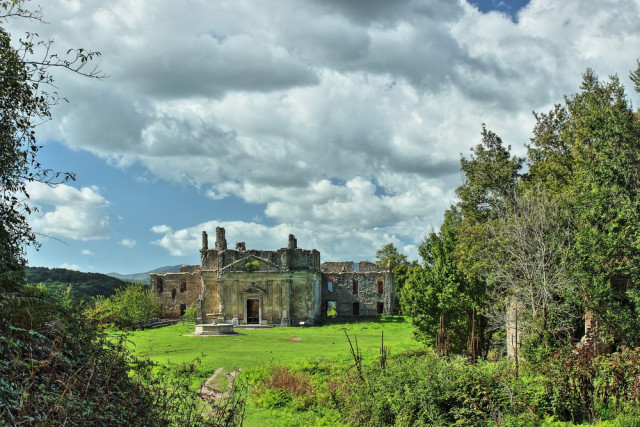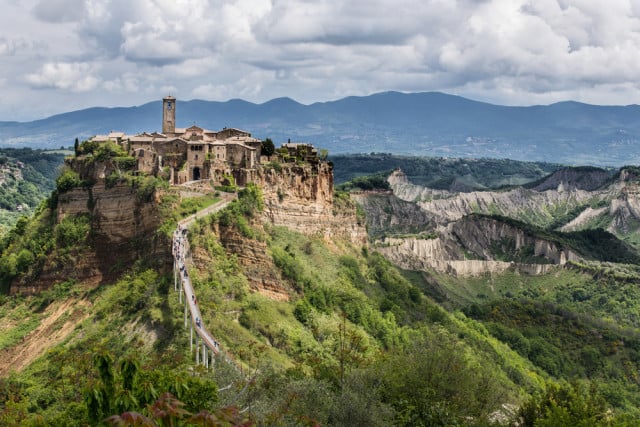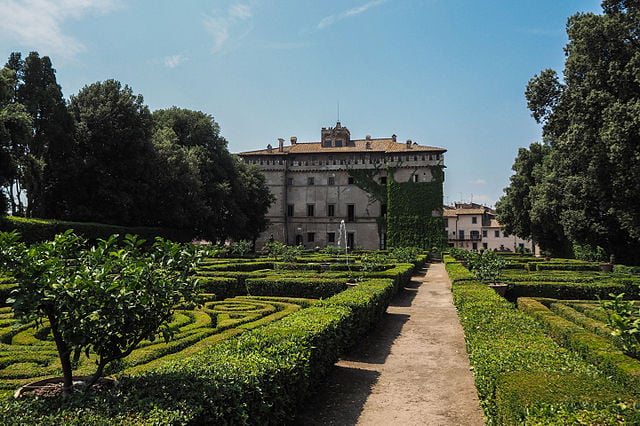For four days from April 25th to 28th, the region of Lazio that includes the capital is throwing open the doors to 80 stately homes, most of them usually off-limits to the public and all of them free to enter for one weekend only.
READ ALSO: Ten must-see places within easy reach of Rome
Visitors can get a glimpse inside 29 properties in and around Rome, including the Collegio Innocenziano, part of the powerful Pamphilj family's complex overlooking Piazza Navona, the grand Ruspoli Palace in Cerveteri, currently occupied by two of the dynasty's princesses, the Borghese family's castle by the coast in Pratica di Mare, or a modernist villa in Santa Marinella designed by architect Luigi Moretti in the 1950s.

The Borghese Castle in Pratica di Mare. Photo: Castello Borghese di Pratica di Mare
There are another 16 sites to visit in the next-door province of Viterbo, 13 in Latina, nine in Frosinone and six in Rieti.
Highlights include the hidden “ghost town” of Monterano, made up of ruins from Roman times to the Renaissance, the fairytale woods of Sasseto, and the imposing hilltop fortress of Rocca Sinibalda.

Atmospheric ruins in Monteferano. Photo: edimur/Depositphotos
Special tours, concerts and tastings will also be taking place at many of the sites throughout the weekend. Entry to all sites is free, but in limited numbers. Visits must be reserved in advance by phone or email (full details here).
The event, which the region hopes to make an annual occurrence, is designed to showcase Lazio's hidden treasures.
Many visitors stick to Rome and overlook the rest of the region, which boasts beautiful beaches, peaceful lakes, historic palaces and even natural hot springs where more adventurous travellers can escape the crowds.
READ ALSO: 14 reasons why Lazio should be your next Italian holiday destination

Bagnoregio. Photo: Galindr/Depositphotos



 Please whitelist us to continue reading.
Please whitelist us to continue reading.
Member comments